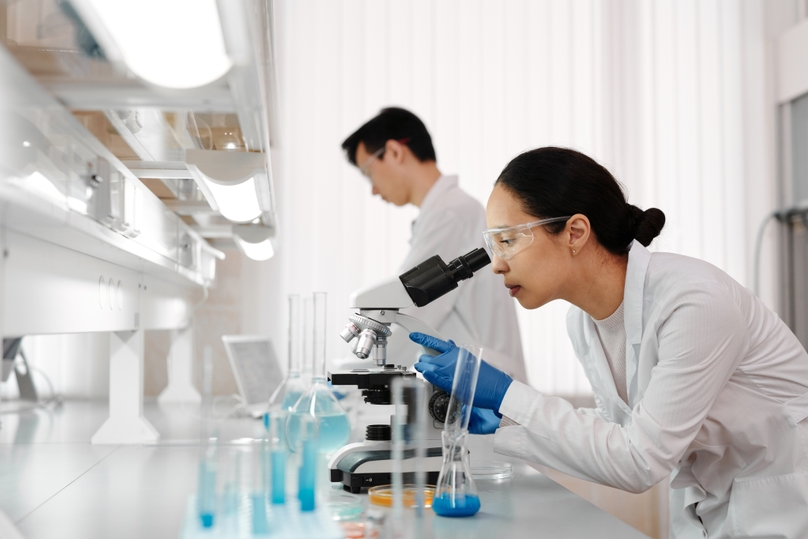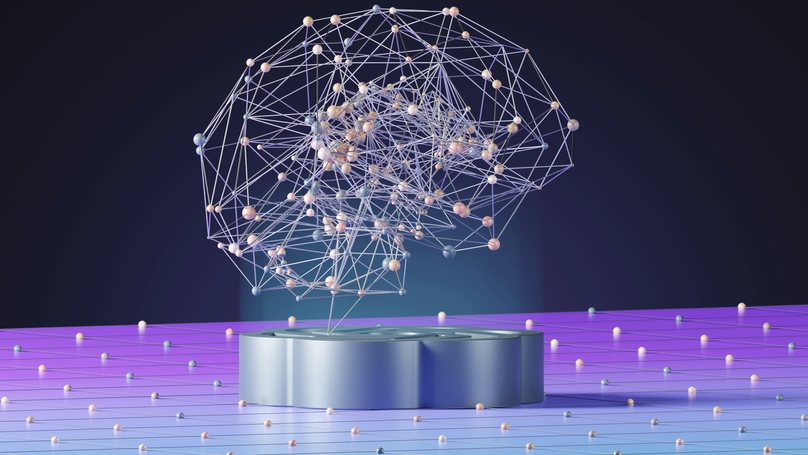The Importance of Laboratory Productivity
Not all clinical research labs are created equal. However, that does not mean that, as a lab manager, you cannot optimize your laboratory’s productivity. In essence, productivity involves the amount of work that can be done in a certain amount of time.
Every lab manager wants to get the most out of their lab. At the same time, you know that you cannot afford to prioritize productivity over safety. The best way to get the most from your lab is to increase your workflow.
In this article, we will review the best ways to help increase your lab productivity, while maintaining safety and staying within your allocated budget.
8 Steps For Increasing Your Lab Productivity
Laboratory managers understand the cost and safety issues involved in running a lab efficiently, but it’s not always obvious how to maximize productivity. Productivity optimization begins with an analysis of the lab’s procedures and their associated costs.
Productivity is the measure of the ratio between your procedures and costs. Therefore, by increasing productivity, you can increase your profit margins. Here are some means of boosting your lab’s productivity and helping your clinical environment run like a new lab without prohibitive pricing.
Step 1: Understand Your Laboratory’s Underutilized Resources
Improving your workflow is key to increasing your lab productivity and recognizing and reallocating your lab’s underutilized resources is an important part of this. Improper utilization of resources can cost your lab millions of dollars each year. It can also result in delayed or wrong diagnoses. Think about:
- How could you streamline your workflow to make the most of resources?
- Could reallocating team members help to maximize utilization?
- How could a laboratory management system help?
- Where could you implement lab automation?
- How could you improve your inventory management system?
Step 2: Train Your Team Members
Insufficient training can lead to big problems in your lab and can significantly slow down productivity due to:
- Frequent errors
- Reworking tests
- Repeated requests for support
- Underutilization of resources
- Frequent downtime
It’s worth investing in training for your lab team. That way you can ensure that each member is confident, accurate, and efficient in their work. You will also see an improvement in performance and productivity and avoid bottlenecks. Virtual lab training is a great way to improve your team’s skills.
Step 3: Organize Your Lab Environments
An organized lab is an efficient lab, particularly in the life sciences. It may sound obvious, but lab design can go a long way to improving efficiency and laboratory productivity. Your team members must know exactly where tools and resources are.
Implementing an inventory management system can save time when lab technicians are looking for instruments, samples, or reagents. You can organize your lab environment by:
- Keeping work areas tidy
- Minimizing your supply surplus
- Maintaining research protocols
- Keeping a regular lab schedule
- Using a LIMS so team members can access inventory in real-time
Step 4: Run Diagnostics to Reveal Bottlenecks
A bottleneck refers to a situation in which a certain procedural stage gets more work requests than it can process at maximum output capacity. Even the most efficient labs can sometimes run into a bottleneck when it comes to analyzing and processing samples. This can happen during challenging times in healthcare, such as a pandemic, when diagnostic tests are in big demand. You can avoid bottlenecks by:
- Checking case studies and reviewing data sets
- Analyzing your laboratory metrics
- Optimizing your data management
- Streamlining throughput
Step 5: Adopt a LIMS
A Laboratory Information Management System (LIMS) is a software solution that handles tasks within the lab such as data sets, workflow, and inventory tasks. More and more labs are implementing a LIMS and it's easy to see why. This software solution provides many lab benefits, such as:
- Increasing productivity
- Integrating inventory and data
- Reporting results in real-time
- Managing product specifications
- Tracking samples
Step 6: Streamline Lab Operations
Streamlining your lab will not only enable your team to spend more time on important clinical research, but it will also guarantee that your lab passes regulatory inspections.
To fully streamline clinical lab operations, you need to evaluate both the physical and logistical aspects of the laboratory. You can use several techniques to eliminate wasteful space and inefficient movement throughout the lab. For example by:
- Automating sample storage and handling
- Positioning equipment so it can be easily accessed
- Standardizing protocols, reporting, and processes
- Implementing a LIMS
- Maintaining equipment and instruments
Step 7: Employ Lab Automation
One of the best ways to increase workflow is to automate lab management. It can be both time-consuming and tedious for a lab team member to constantly manage multiple devices. When you use lab automation software, a lab technician no longer has to make manual adjustments to the experiment. Furthermore, data can be gathered simultaneously and with more accuracy. Other advantages include:
- Dynamic changes in feedback
- Allowing experiments to run overnight
- Eliminations of errors
- Budget savings
- Greater productivity
- Increased variability
- Improved lab operations
Step 8: Properly Maintain Equipment
Taking time to regularly clean and maintain lab equipment cannot be overemphasized. Not only will this extend the equipment’s life, but it will also ensure that it functions efficiently. Your lab equipment also needs regular calibration so that you can identify any issues before it breaks down during use. Other advantages include:
- Increasing productivity
- Improving cost-efficiency
- Improving access to resources
- Preventing unexpected downtime
Streamline Your Lab Productivity with Digital Solutions from Genemod
Genemod is dedicated to providing a series of software solutions to help you digitize your laboratory, making it more efficient, productive, and cost-effective. These software solutions also make lab management less stressful, while optimizing your potential to research, coordinate, and share data with your team members.
Genemod provides a range of solutions to help automate lab processes, manage inventory, share data, and streamline sequence editing. These include:
- Inventory Management: Giving you the ability to track your inventory samples at every stage of their life. Allowing you to capture the complete contents of your lab freezers and custom design a virtual freezer that completely matches its physical counterpart. With a digital dashboard to automate data entry, all your data remains in one place and is always accessible in real-time.
- ELN Software: Collaborate together and reduce errors with this synchronized dashboard. Share and allocate protocols with team members. It’s easy to fast-track your work, follow progress, and share lab projects. Results can be uploaded to a common protocol library where they can be easily located by other researchers.
- Sequence Editing: Streamline your calculations and quickly edit a DNA sequence to get the complement, reverse, and reverse complement. Easily convert between RNA, DNA, and three-letter protein.
- Laboratory Automation Systems: Optimize collaboration with your peers and across teams with this digitized system. Not only can you create new projects, manage data, and experimental protocols, but you can also access results with real-time updates.
Contact Genemod today to find out more about how we can help you optimize your lab productivity with our digital solutions.


















